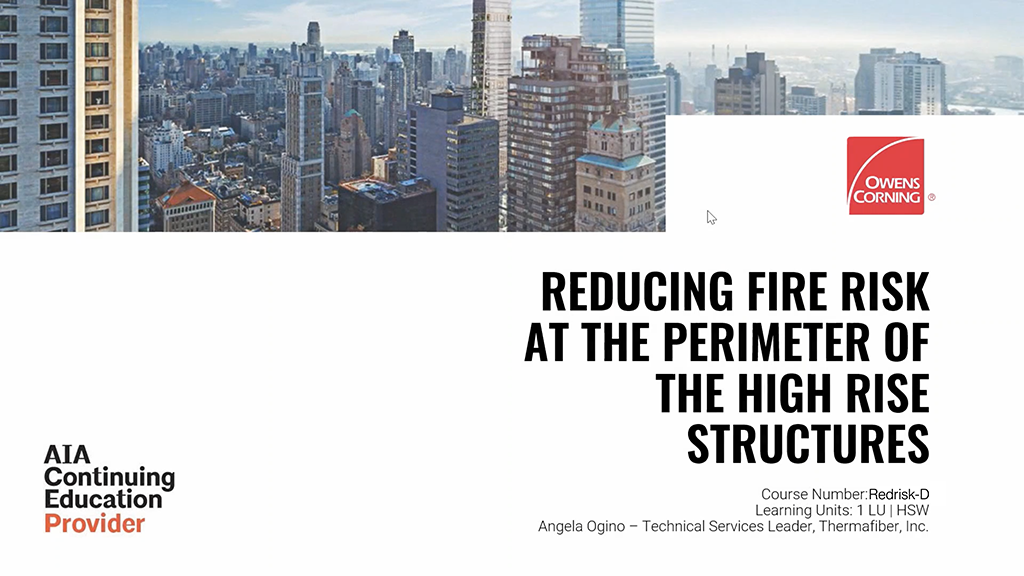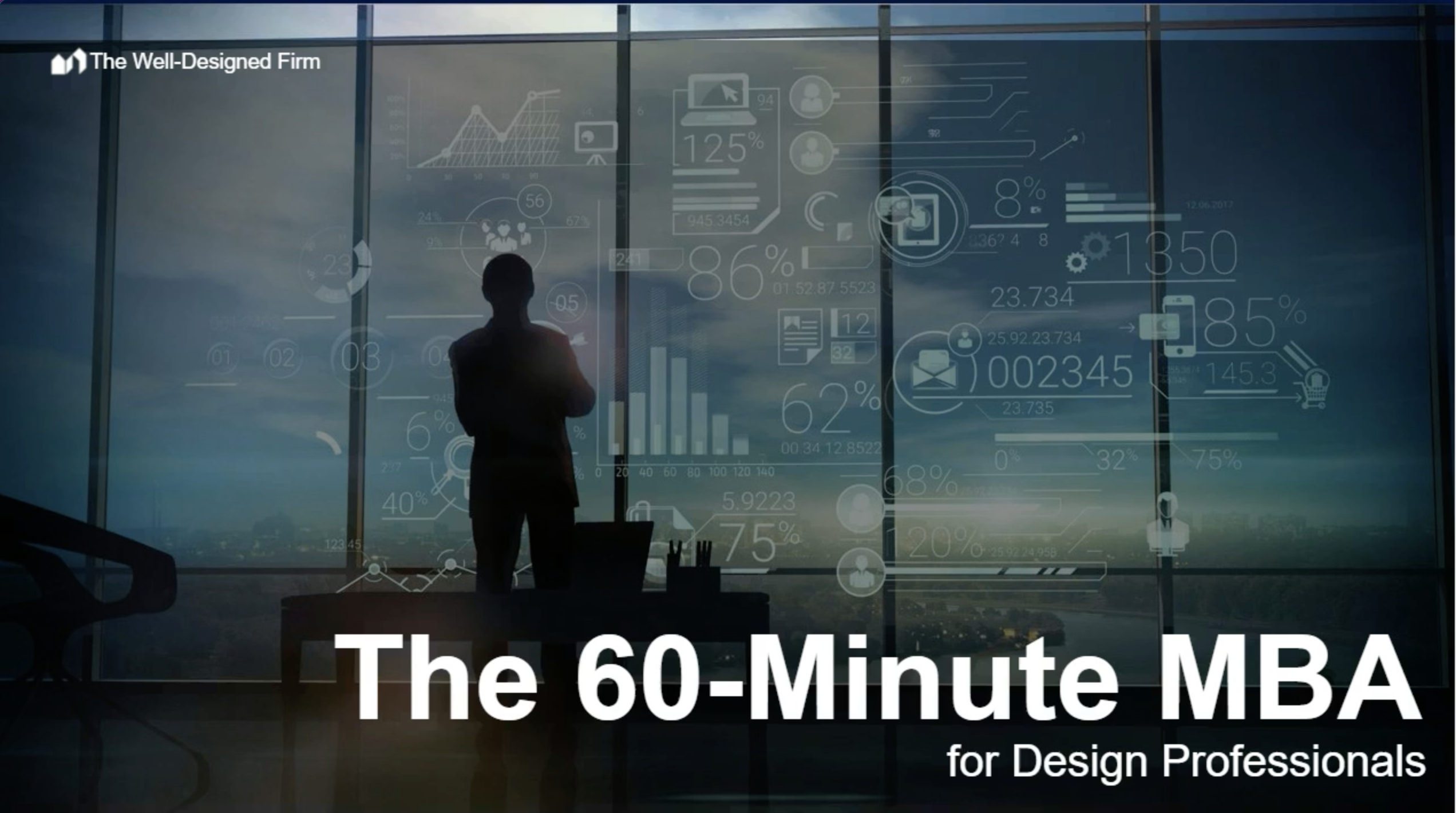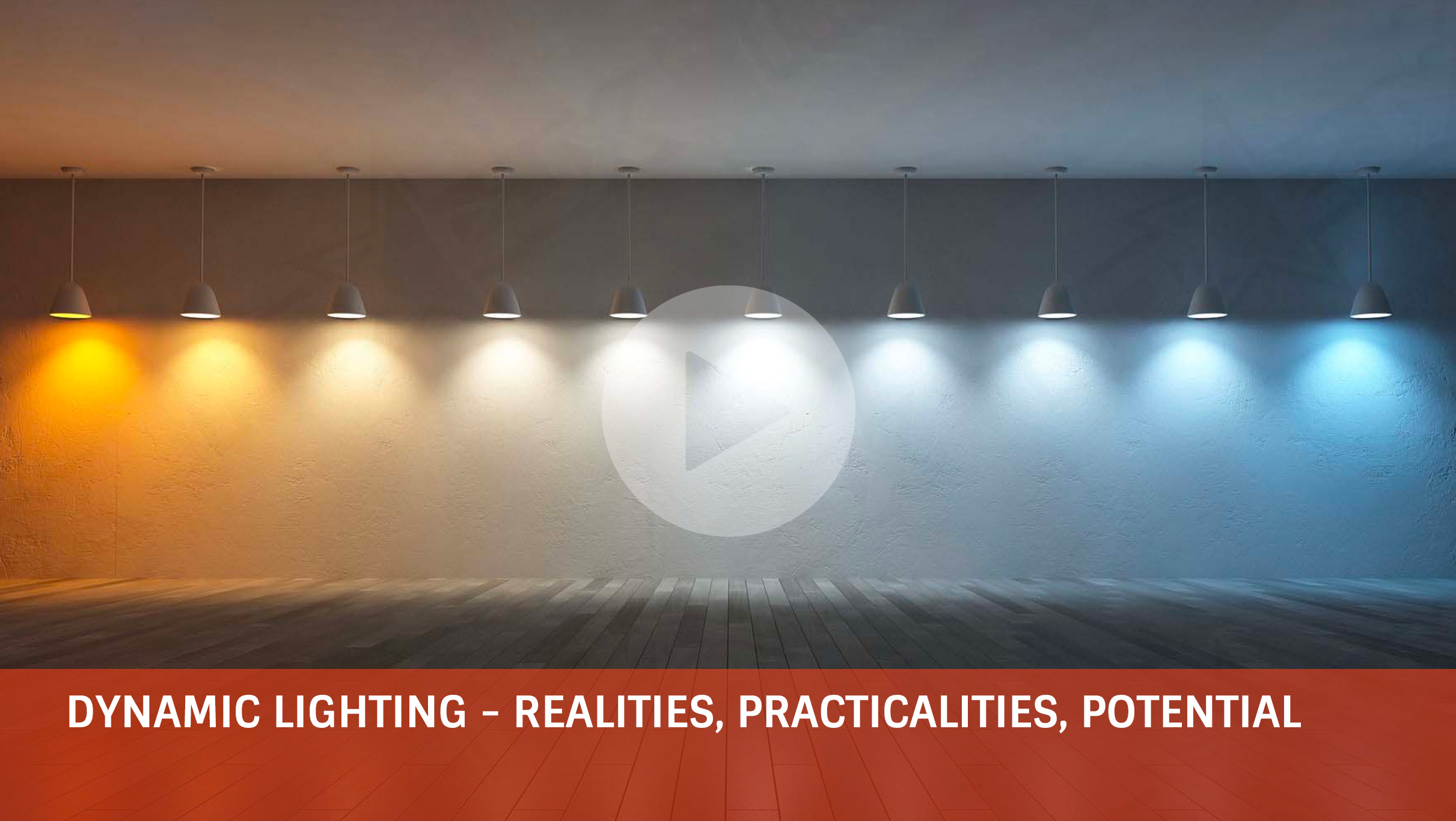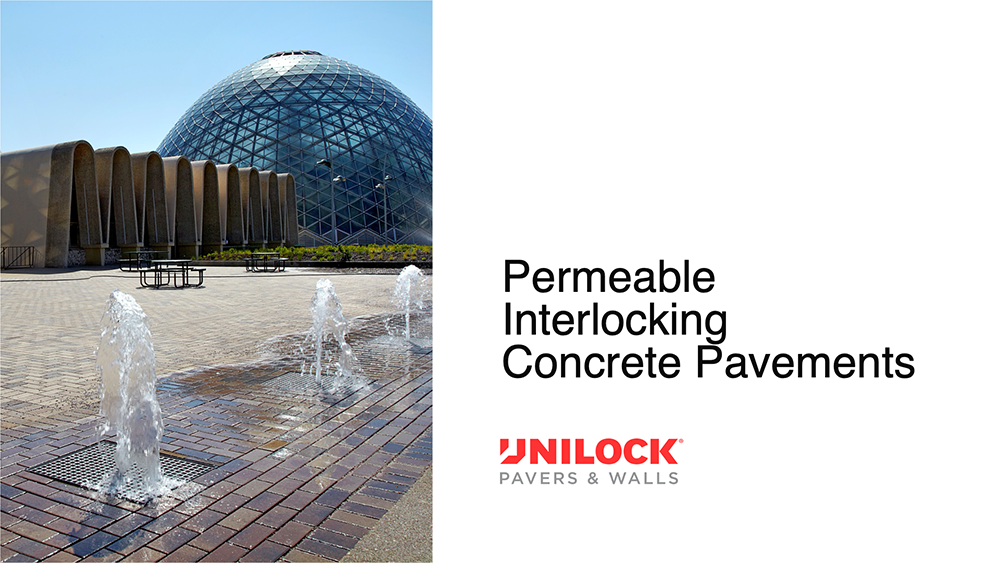Reducing Fire Risk at the Perimeter of High Rise Structures
High rise fires are not new to us. In fact, we have seen an increase in fire incidents in Asia, Europe, and the Middle East in the last 5-10 years that have amplified awareness on fire safety performance of taller structures. High rise buildings present a greater risk with an increased number of occupants that have a limited means of escape in the event of a fire. That is why the time element for containing a fire is so critical. Also, as we have seen in actual fires, vertical fire spread at the exterior façade can rapidly overwhelm fire fighters means of interceding the fire from ground level. As the fire accelerates and upward spread progresses, it often reaches a height beyond the reach of fire services water streams. That is why containing a fire and preventing it from spreading vertically is so critical for both occupant and first responder safety.
...Read More
















